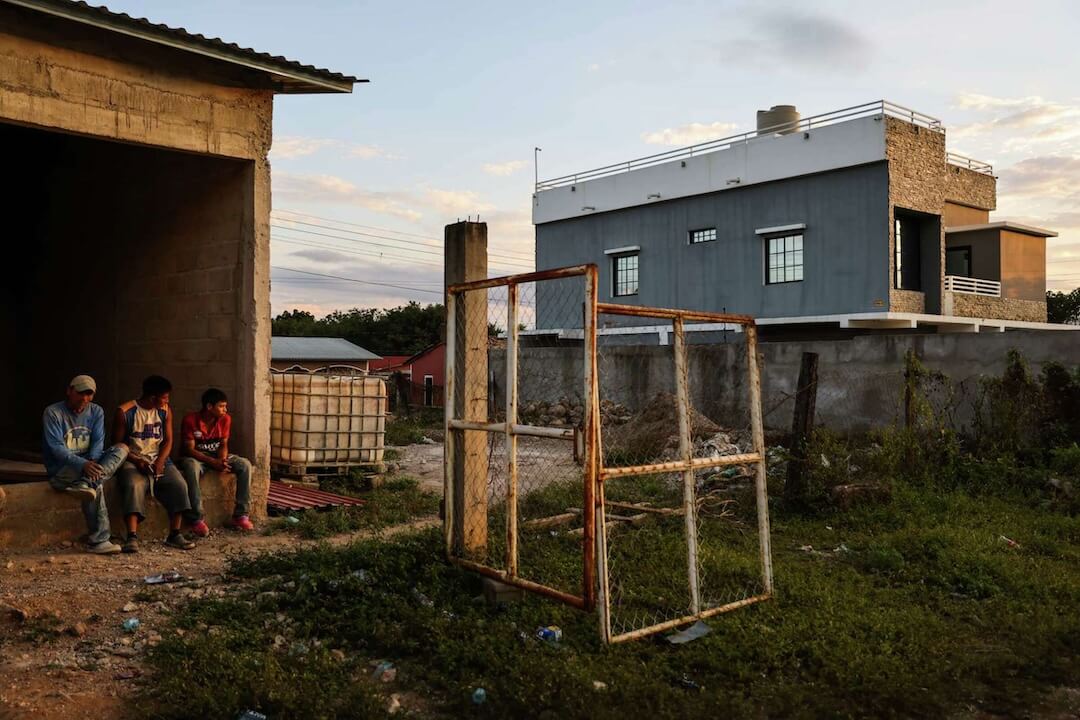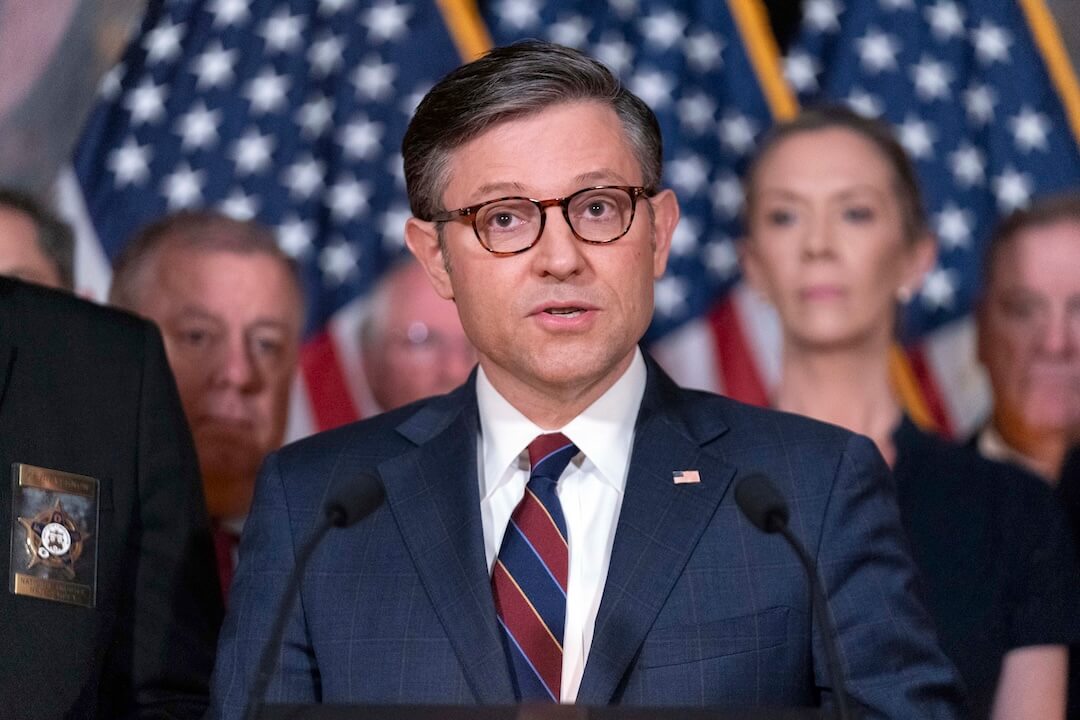Broadcasters in Rio for the 2016 Olympics have shown viewers wins and losses, scenic beaches and glimpses at struggles that will continue after the games are over. On BBC Four, they’ve also included a bachelorette party.
BBC Four’s Dan Walker was reporting from Copacabana Beach a few days ago when some unexpected guests stopped by. He was a good sport and made the most of it.
That kindness paid off:
Guess what? Hen party Maria (De Cezar) has been in touch today… got an invite to the wedding! ???https://t.co/AzpZUllJcC
— Dan Walker (@mrdanwalker) August 14, 2016
Other journalists live on air have had similarly strange encounters. Often they’re pretty funny.
In 2014, Weather Channel meteorologist Jim Cantore handled a videobomber like a (dangerous) pro:
There’s probably nothing this BBC journalist could have done:
Live-shot interruptions aren’t always funny or harmless, though. Female broadcasters have been the target of obscenities shouted by bystanders, harassment that a Canadian reporter confronted last May.
And in October, many watched in horror as a live broadcast from Virginia’s WDBJ turned into a double murder.
So what can journalists do before live-shots to avoid embarrassing and even dangerous situations?
“It starts with asking ‘why are you going live?'” said Poynter’s Al Tompkins. “Ask: ‘what is the worst that can happen’ when you go live, and are you willing to air that?”
Security experts talk about having situational awareness, meaning thinking about where you’re going before going there, Tompkins said.
“If you are reporting live from an alcohol-fueled party, outside a high-emotion sporting event, reporting from a scene of fresh tragedy or protest, you have a reasonable chance of capturing images and sounds that you might not want to air or stream,” he said.
Newsroom managers are also obligated to provide enough security to keep the crew safe, he said.
Here’s a list of 10 questions Tompkins recommends considering before going live:
- Beyond competitive factors, what are your motivations for going live? Why do your viewers need to know about this story before journalists have the opportunity to filter the information offline? What verification processes are you willing to give up in order to get information to viewers quickly? How would instantly available live information help the public to stay safe and minimize chaos and quell rumors?
- Am I speculating about fatalities, injuries, weapons, motivations and descriptions? It can be tempting to “fill time” while you are live and no new information is coming in. Don’t trust eyewitness descriptions or even your own eyewitness view as being the whole truth. Keep asking what you are not seeing, what you don’t know and what you need to know to fully understand the events.
- When, if ever, would you link to or share a live feed that comes from the person who is at the center of the story? We have already seen cases of shooters who are streaming their grievances live on social media. How willing are you to give that person a live unfiltered public platform?
- Would you publish or air whatever you are streaming live? Your social media feed should not have a lower standard for truth-telling and reliability. When journalists moved from regularly scheduled broadcasts and print publishing schedules to nonstop online reporting, they adjusted to the responsibility that demands quick and thoughtful responses. Now, they must adapt again to the new ethical demands of live video reporting.
- Are you prepared to broadcast the worst possible outcome that could result from this unfolding story, such as a person killing themselves or someone else during live coverage? What outcomes are you unwilling to post? Why? How do you know the worst possible outcome will not occur?
- How do you know the information you’re relaying live is true? How many sources have confirmed the information? How do the sources you are quoting know what they say is true? Is your source reliable? How willing is the source to be quoted?
- What are the consequences, short-term and long-term, of “going live” with the information? What are the consequences of waiting for additional confirmation?
- What is the tone of the coverage? Can you raise awareness of a significant event while minimizing unnecessary hype and fear? Who in your newsroom is responsible for monitoring the tone of what is being streamed?
- Have you considered adopting any safety nets that could minimize harm? These measures can give you a contingency plan to stop broadcasting if the situation turns graphic, violent or compromises the safety of others.
- How clearly does the newsroom understand standards for graphic content? How well are guidelines understood by everyone from online editors, reporters, photojournalists, web producers or others who might have to make an editorial call when the formal decision-maker is not available?







